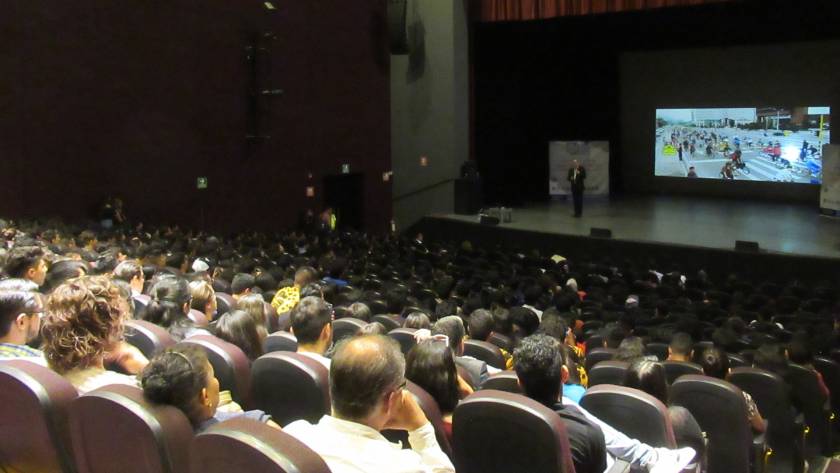Key Takeaways
⇢ Both natural and urban destinations suffer degradation when visitor numbers exceed the capacity of their core assets, i.e., ecosystems in nature and local way of life in cities.
⇢ Overtourism leads to housing displacement (Airbnb conversion), public‑realm crowding (streets, transport), amenity strain (water, energy, green space) and loss of social cohesion.
⇢ Visitors can mitigate…

